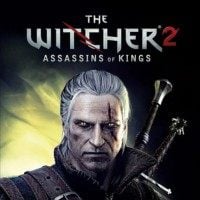From TV commercials to The Witcher – Platige Image’s road to success
Warsaw-based Platige Image is currently one of the leaders in digital graphics and animation. We talked to several representatives of the studio about the reasons behind their success, plans for the future, and glimpsed behind the scenes of their works.
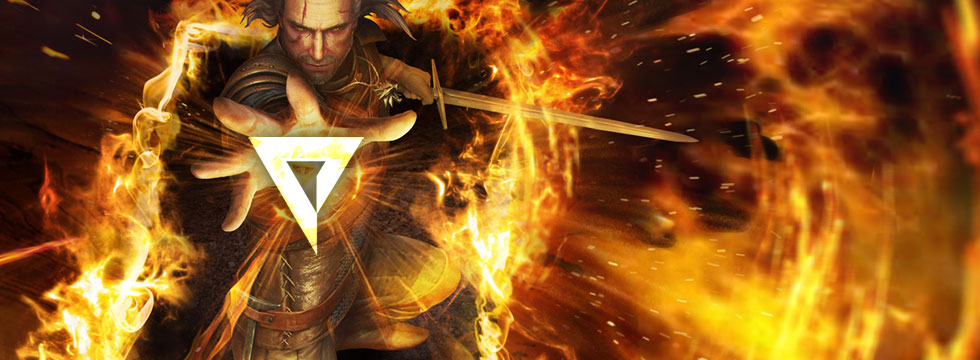
When it was announced that the titan of online entertainment, Netflix, is to create a live-action series based on the Witcher saga, the Internet, and especially its Polish-speaking section, went wild. No wonder though, as the California-based company has clients all around the world, is a regular winner of various awards, and draws in famous names of actors and directors alike. The idea that the world of writer Andrzej Sapkowski will be brought to life by the company that made House of Cards, Stranger Things and Narcos sure sounds delicious. But Netflix is not the only company involved in the production, the other one being Polish studio Platige Image. For the latter it will be the largest project in their portfolio – which already comprises a significant volume of works, as the studio has been active for 20 years now. From commercials and TV spots for social campaigns, through trailers and video game cinematics, and all the way to an Oscar-nominated original animation – the Polish company is currently one of the big names in the digital graphics business. Lately, we’ve been given a chance to talk to the company’s representatives. In this article we’d like to tell you what they are up to as the studio faces one of the biggest challenges in its career.
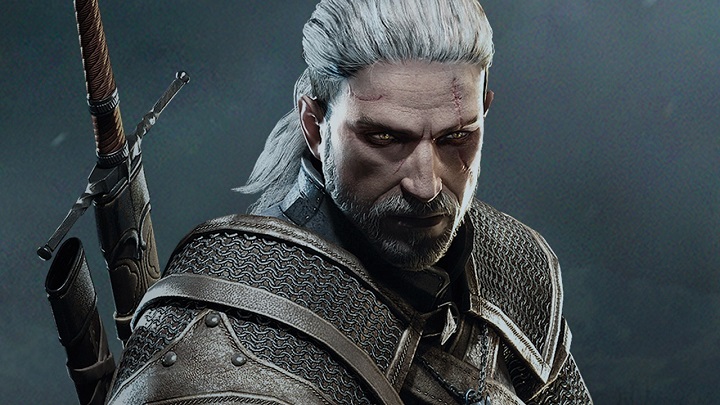
Strigas, assassins, and bubblegum
The studio was established in Warsaw in 1997 and spent its early years making commercials. In fact, Jakub Jablonski, one of the company’s directors, notes that commercials are the studio’s business mainstay up to this day. “I think that, when it comes to the language of commercials, I simply added eyes to anything I could…”, jokes Jablonski, and one look at the company’s Facebook profile is enough to determine that he’s telling the truth. Spectacular trailers for epic titles mix with commercial spots for a Chinese bubblegum brand or a Greek bank. According to Jablonski himself, there’s nothing wrong with such diversity as it can save you from the feeling of monotony.
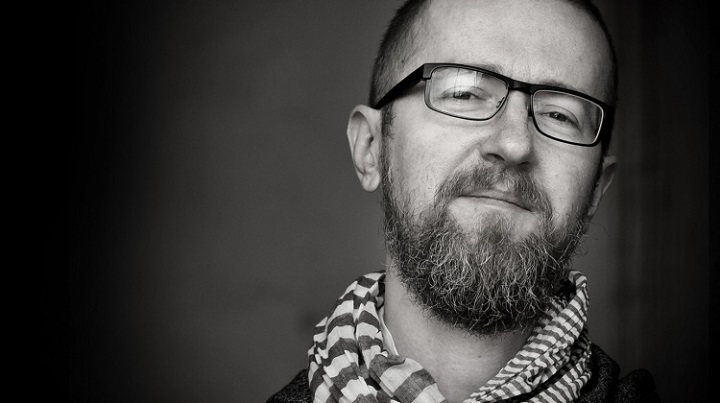
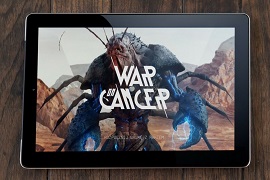
Platige Image does more than trailers and game cinematics – they also make entire games. Not so long ago, they’ve released their first title, War on Cancer, created in cooperation with Satchi & Satchi and Fundacja Onkologiczna Alivia (a Polish charity organization dedicated to supporting cancer patients and raising cancer awareness), and published by 11bit. It’s a mobile production based on microtransactions, profits of which are transferred to people battling cancer. Platige Image representative Maciej Nawrocki declares that it’s just a beginning, and more projects are on the way.
But how exactly did a Polish studio come to make trailers for the biggest global players? Jablonski says that the breakthrough came in 2002, when The Cathedral, an animated short by Tomasz Baginski, received an Oscar nomination. “It’s thanks to Tomasz that our studio became recognizable throughout the world”, he admits. It was a success that made Platige Image realize the worth of their more ambitious, artistically demanding projects. In fact, such projects have been a part of their activity ever since; currently they are working on an adaptation of Another Day of Life (Polish title: Jeszcze dzien zycia) – Ryszard Kapuscinski’s account of the Angolan Civil War, whose trailer bears resemblance to the acclaimed animation Waltz with Bashir.
The Cathedral certainly gave Platige Image recognition necessary to make it big, but their regular work on trailers and game cinematics, the stuff the studio’s best known for, didn’t start until 2007. “One big landmark was our cooperation with CD Projekt Red on the cinematics for The Witcher series”, recalls Jablonski. Platige Image created cinematic intros for all three games, and a trailer for Cyberpunk 2077. In fact, their cooperation with local developers continues even as the company creates projects for the international giants of digital entertainment – recently, they’ve created the first trailer for Frostpunk, the latest game from 11bit studios.
In recent years, Platige Image has become something of a sensation among the western developers. At this point, the company has worked on promo materials for such titles as Ryse: Son of Rome, Watch Dogs 2, Total War: Warhammer 2 or Final Fantasy XV. Jablonski admits that what the studio is doing now is like a dream come true for him, “We get a new project, and I’m like: Oh crap, I’ve played this one!”. Not so long ago – with the recent, episodic Hitman game – the Warsaw-based company has expanded their contributions for the video game industry. Working for IO Interactive, the studio created all cut-scenes for the game, which took almost half a year and was unlike any project the company had done before – the focus was on dialogue and atmosphere, not cinematic action scenes. The final result, however, came out rather good and Jablonski believes that if a similar job were to be requested, Platige Image would be willing to handle it.
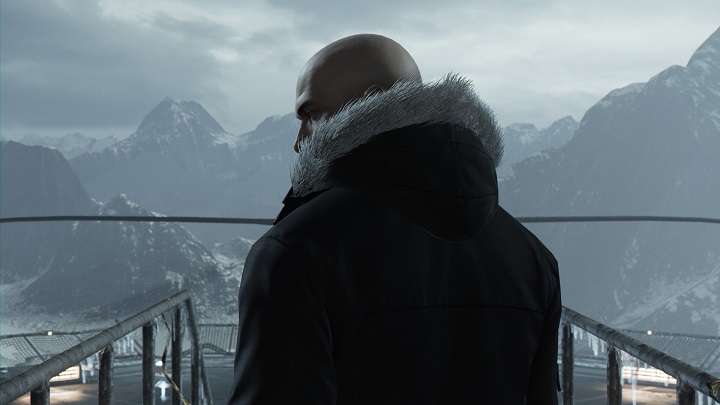
Months in the office
But life in Platige Image isn’t always a walk in the park. Yeah, it’s nice to work on promo materials for games whose prequels you played as a kid, but the price for that is working overtime and racing against time on a daily basis. “As artists, we always see things that could be done better, improved, changed”, says Piotr Prokop, executive producer. “We are constantly at war, fighting for the best possible quality against the impending deadline”. Jablonski, in turn, believes that ambition and ability to work under constant time pressure are among the reasons for the company’s popularity among foreign developers: “We’re quite willing to accept even crazy deadlines. Often we get a project and know on the spot that our artists will be unable to leave the office for the next month or so”.
A typical trailer, two and a half minutes of screen time, requires four months of work for each team in the company. Everything begins with a meeting with the client’s representative. That’s when the draft is made: the setting, plot outline, character references. It should be noted that it is rare for the developers to have a fully crystallized vision of their trailer at this point – often the people at Platige Image play a significant part in the creative process. Once both parties come to an agreement and seal the deal, a storyboard is made (a series of frames showing particular camera shots), and the pre-visualization stage begins.
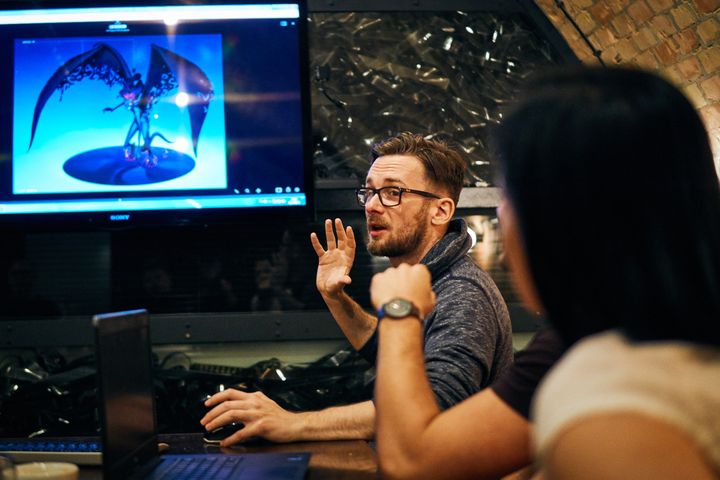
That’s where the bulk of the creative process takes place. Pre-visualization is, briefly speaking, a rough digital sketch of the entire trailer, albeit lacking detailed character models, backgrounds, and other things. This allows the designers to focus on camera work, character movements, dialogues, and other key technical aspects. Jablonski shows us an image taken during the works on the Frostpunk trailer, where the head of a character is replaced by several green textures. “This stuff is what the client is seeing 80% of the time”, he says. Once the pre-visualization is finished, the project goes through the hands of various teams responsible for specific elements: character models and frames, locations, shading, or lighting. It is yet another arduous stage. “Imitating natural lighting, placing the textures so that they reflect reality as best as possible is a difficult and time-consuming process”, reveals Piotr Prokop. Only after they’ve a rendered material can the creators proceed to the final design stage: determining composition, coloring, and SFX.
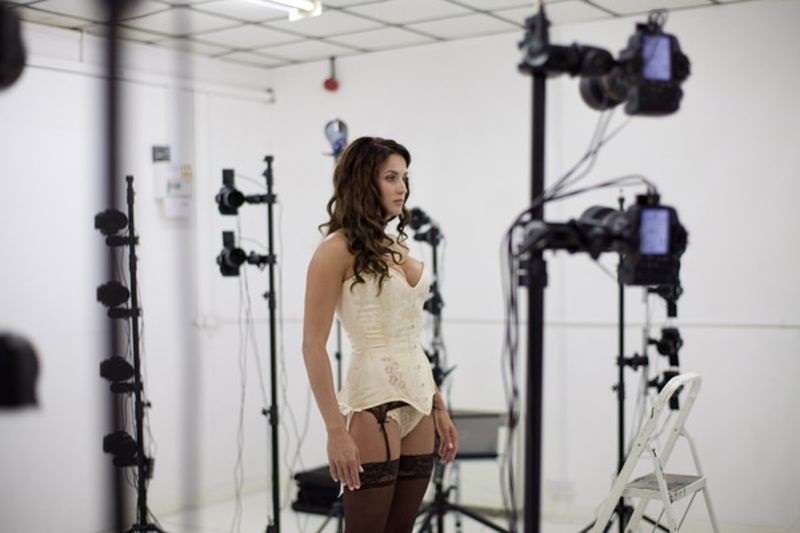
The final version is the result of work of a few dozen (and up to one hundred, in the case of particularly complicated cinematics) people responsible for vastly different aspects of the project. “Yes, the production process can get chaotic at times, there’s no denying it…”, admits the director. The person who makes sure a complete project emerges from that chaos is the lead – commander-in-chief of the whole project, dubbed the „superbrain” by Jablonski. That person is responsible for the entirety of production, supervises the work of individual teams, determines the direction, and often personally adds some last-moment modifications. As you can easily guess, such an important role is also very tiring. According to Jablonski, a project lead doesn’t leave the office for weeks, spends every shred of time “dabbling” in the project, and when they eventually do finish their work, they come out 10 kilograms lighter.
Despite that, working on game cinematics appears to be a truly satisfying job, even if it requires an unimaginable amount of effort. After all, the animators and designers at Platige Image are given a chance not only to create a piece of promo material, but also have a say in its final appearance. Trailers are often created long before the release of the game, when the developers don’t have the final character models yet. “Often we have to design things from scratch”, reveals Jablonski, “This means that to some degree we are also responsible for the content that is added by the devs later on in the final version of the game”. Sometime we’re talking about some truly important aspects: during our interview we’ve learned that it was Platige Image that designed the cover for Total War: Warhammer. In many cases, the game developers take inspiration from the trailers also when designing locations or particular characters.
Culture as an exported good

Platige Image does more than just digital graphics and animations. The company is behind the visualizations for various museums, a stereoscopic reconstruction of one of the famous large-scale Polish paintings, and for the last two years has also been responsible for the visual effects at the UEFA Europa League finals, providing stage design and choreography.
The current work strategy, based on accepting very diversified projects and providing creative input, seems to be doing just fine. Among Platige Image’s clients we can find such companies as Crytek, Ubisoft, Riot Games or DC Entertainment. Working for them enabled the company to employ more staff. According to Jablonski, currently the studio employs around 300 people, most of whom are graphic designers; plus more than 100 so-called outsourcers. This allows for significantly increased flexibility in project planning, as not all elements are created at Platige Image HQ in Warsaw.
The company is becoming an increasingly international joint – employing e.g. a significant number of Russians and Ukrainians – but until recently the company’s “official” language was Polish. Jablonski believes he may have pinpointed the reason why such a successful studio was established in Poland specifically: “I think that it’s the same situation as with the entire video game industry here. There are no schools for graphic designers – well, there are some but not that great – and most people coming to us are self-taught”. And because learning advanced animation software on your own is one hell of a task, the people that come knocking at Platige Image’s door are bound to be determined, talented, and creative. “There’s a lot of talented people in Poland and surrounding countries – we try to find them however we can: through social media, Linkedln, scouting, even through the grapevine”, claims Mateusz Tokarz, company’s head of CG.
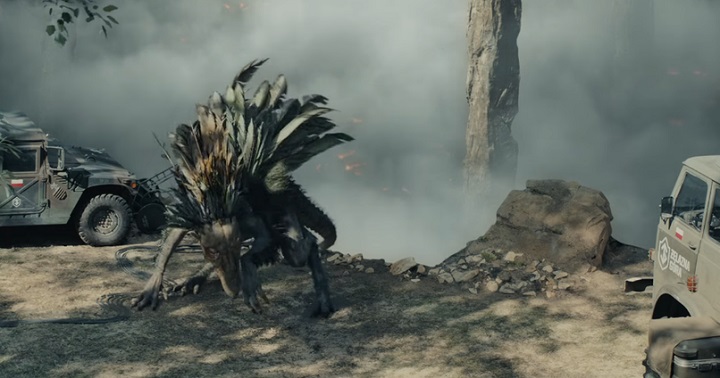
The studio is also engaged in promotion of Slavic culture. Privisa, the Polish Legends series, or finally The Witcher – all those projects are deeply rooted in Polish folklore. It is a deliberate decision on the part of the company. “We live here, that’s the culture that runs through our veins. We should make use of it”, says Baginski. “Its exotic nature, in turn, draws in the western audience”. He is seconded by Jablonski who is fully aware of the marketing value of Eastern European motives: “I’m not kidding myself that Polish culture may one day conquer the world, but I’m pretty sure that it can be a breath of fresh air”. He believes that this region, or rather its fairytales, traditions, or bestiary are still very much exotic for the casual viewer.
No golden dragons this time
But the TV series based on The Witcher will need much more than good PR for Slavic culture to satisfy the fans of the books (on which the adaptation is to be based) and the games alike. The 2002 Polish attempt was a flop. “When that series came out, I was utterly disappointed, same as a lot of people across Poland”, recalls Baginski, and quickly adds, “When it comes to our inspirations, we will rely strictly on the prose of Andrzej Sapkowski”. The adventures of Geralt of Rivia are too good of a source material for Netflix, a company with numerous hits under its belt, to ignore its potential. The question is what role Platige Image will get in the production process. Tomasz Baginski obviously refrains from any comments at this stage, but we can assume that the Polish company will be something more than an extra. After all, they already have some specific experience in that matter after their work on the planned movie adaptation of The Witcher that was revealed in 2015. “There will certainly be several Poles working on the project,” the director himself reassures us.
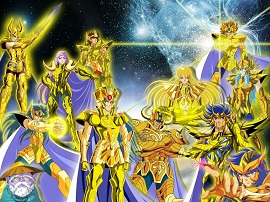
The Witcher is not the only large project in which Baginski will be involved in the near future. The Polish creator was also chosen as the director for the live-action adaptation of Saint Seiya (or Knights of the Zodiac) manga and TV series. Same as with The Witcher, currently we have no specific information about it, but knowing that Baginski has voiced his fondness of Japanese pop-culture on many occasions, we can expect a solid work on his part – all the more so because there seems to be a “fad” on live-action adaptations of Japanese works in Hollywood lately. The director faces the project rather confident of his abilities: “I know what the fans are expecting, but I also understand the requirements of working on a live action film set”.
As the adaptation had to be adjusted to a new format, some significant changes in work organization had to be implemented, but the fans of Sapkowski’s saga seem to be pleased with the shift to a TV series format. And it looks like Baginski (who is to direct at least one episode per season) agrees: “Cinema is all about the spectacle. Television is about characters. Where the cinema focuses on large, spectacular events, the TV, in turn, revolves around deeper plot and characters”. There could hardly be a better moment for this project; all it needs is for the director to make good use of the things offered by Sapkowski’s prose. But even if the new Witcher falls short of conquering the world, it may become a milestone for Platige Image on their road to true greatness. “It’s the first project of this scale to be produced in Poland”, says Baginski. Having it in their portfolio may well become a pass to the world of the greatest movie blockbusters for the company.
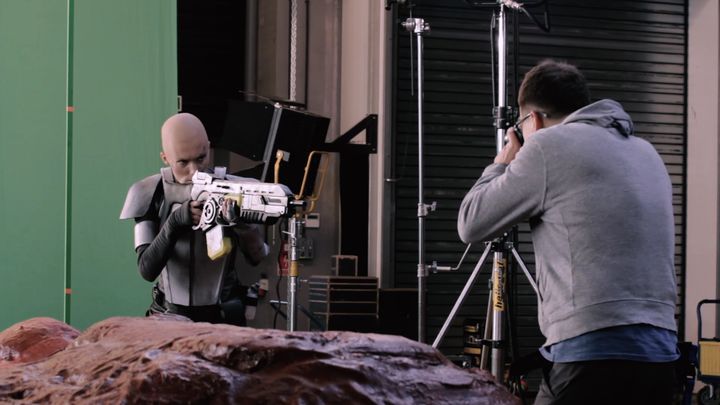
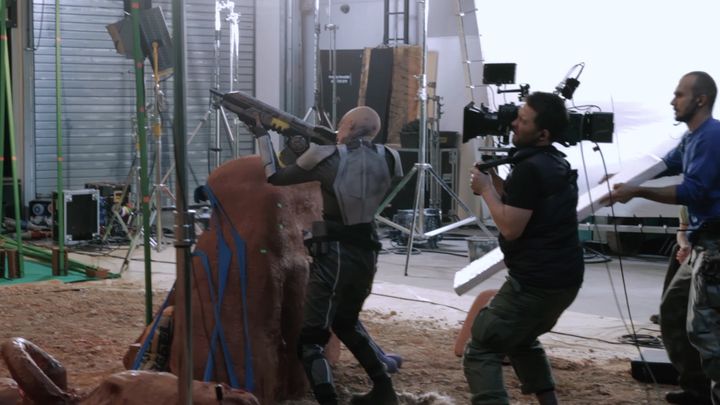
Perhaps the Polish company would have made it to Hollywood even without Netflix. Platige Image remains a bit in the shadow of their works – my guess is that not many of you have actually checked who made that juicy trailer you’ve just watched – but for the people working in the industry they are known as professionals with good ideas. If the new Witcher turns out to be a hit, it will become an achievement to crown the 20 years the company has spent on building their position. And if not? Well, failure can happen to anyone, but it wouldn’t really tarnish their vast portfolio full of brilliant trailers, commercials, and animations. I believe, however, that knowing the history of both Platige Image and Netflix, we can expect an adaptation worthy of the original.
